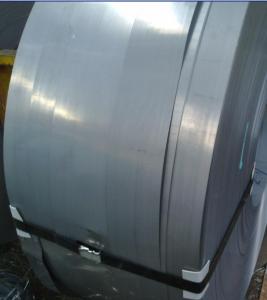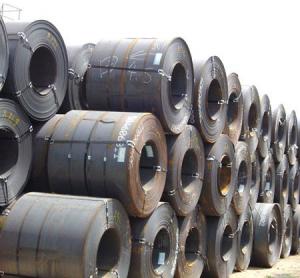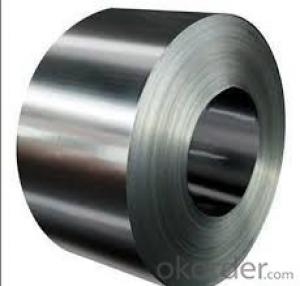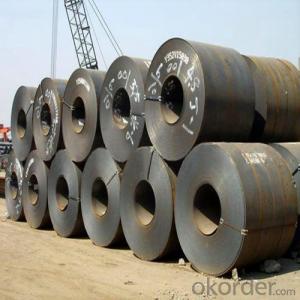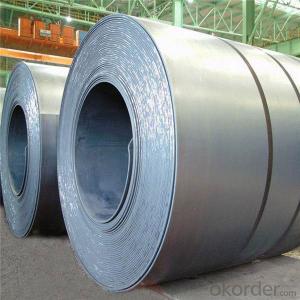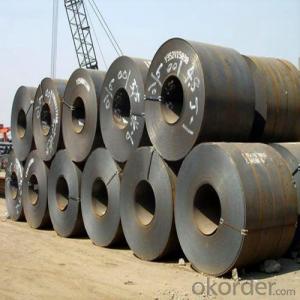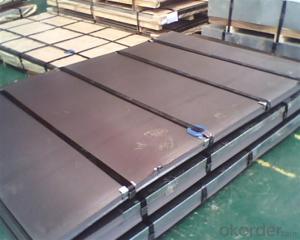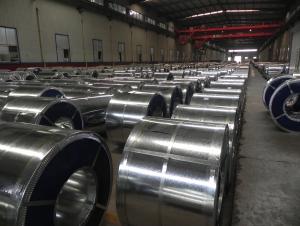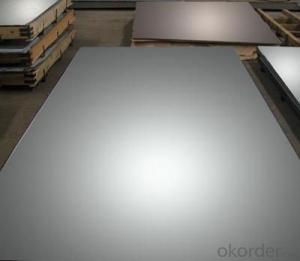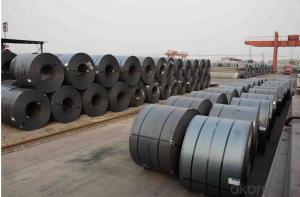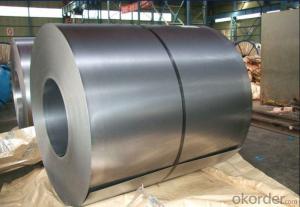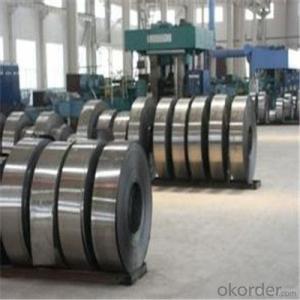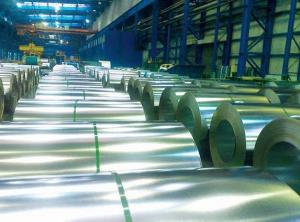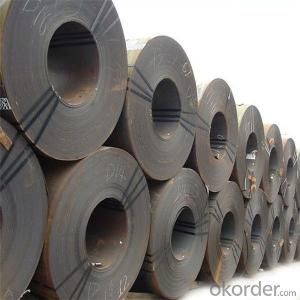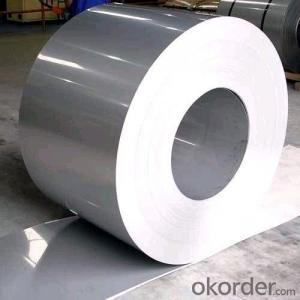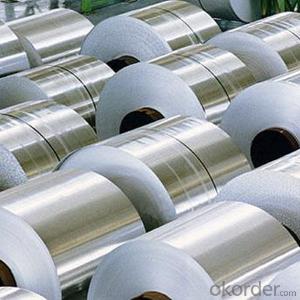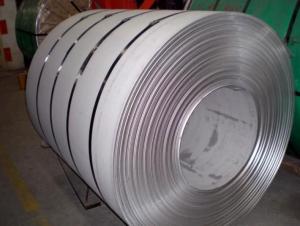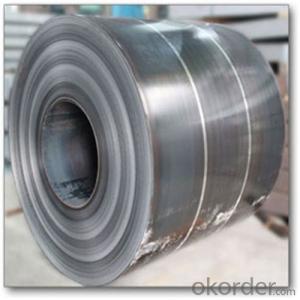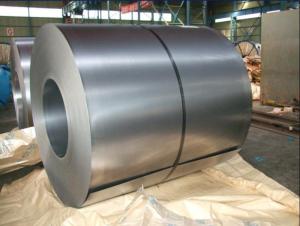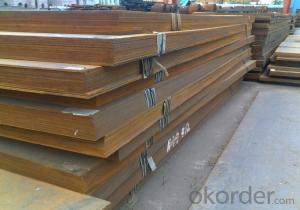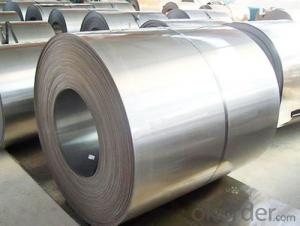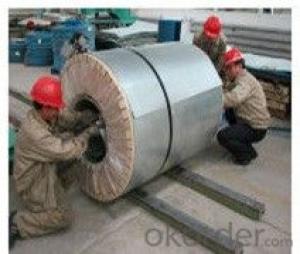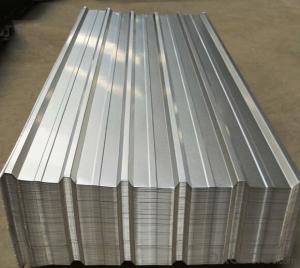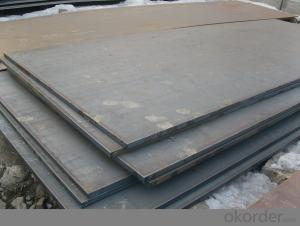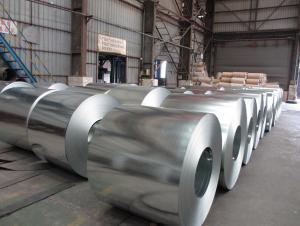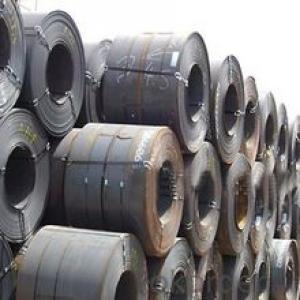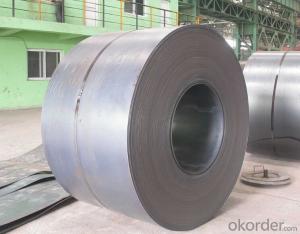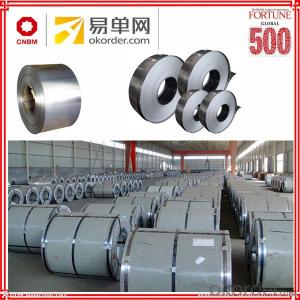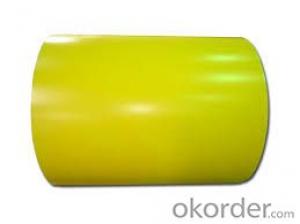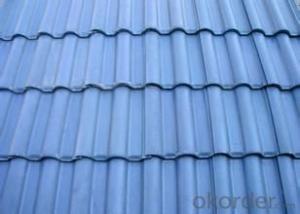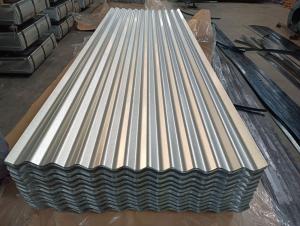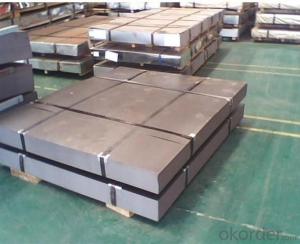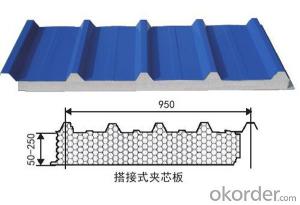Meps Hot Rolled Coil
Meps Hot Rolled Coil Related Searches
Us Hot Rolled Coil Hrc Hot Rolled Coil Hot Rolled Coil Malaysia Hot Rolled Coil China Hot Rolled Pickled Coil Sunsirs Hot Rolled Coil Cme Group Hot Rolled Coil Cru Hot Rolled Coil Hot Rolled Coil Hrc Hot Rolled Coil Process Hot Rolled Coil Price Hot Rolled Coil Adalah Hot Rolled Coil Hs Code Hot Rolled Coil Price Today Hot Rolled Coil Prices Custom Hrc Hot Rolled Coil Shfe Hot Rolled Coil Us Hot Rolled Coil Prices Hot Rolled Coil Suppliers Hot Rolled Coil Spot Price Hot Rolled Coil Steel Price Hot Rolled Coil Futures Hot Rolled Coil Price Europe Hot Rolled Coil Price China Hot Rolled Coil Là Gì China Hot Rolled Coil Price Hrc Hot Rolled Coil Price Hot Rolled Coil Price Chart European Hot Rolled Coil Prices Hot Rolled Coil Steel PricesMeps Hot Rolled Coil Supplier & Manufacturer from China
Meps Hot Rolled Coil is a type of steel product that is manufactured by passing the steel through rollers at a high temperature. This process results in a flat, smooth, and tough steel sheet that is widely used in various industries. The product is known for its durability and strength, making it a popular choice for construction, automotive, and manufacturing applications. Hot Rolled Coil is utilized in a variety of scenarios, such as in the production of structural components, machinery parts, and even in the creation of everyday household items. Its versatility and cost-effectiveness have made it a staple in the steel market.Okorder.com is a reputable wholesale supplier that offers Meps Hot Rolled Coil to customers around the world. With a large inventory, they are able to cater to the diverse needs of their clients, providing them with the necessary materials for their projects. The company prides itself on its commitment to quality and customer satisfaction, ensuring that the Meps Hot Rolled Coil they supply meets the highest industry standards. By partnering with Okorder.com, customers can be confident that they are receiving a reliable and high-quality product that will serve them well in their various applications.
Hot Products
